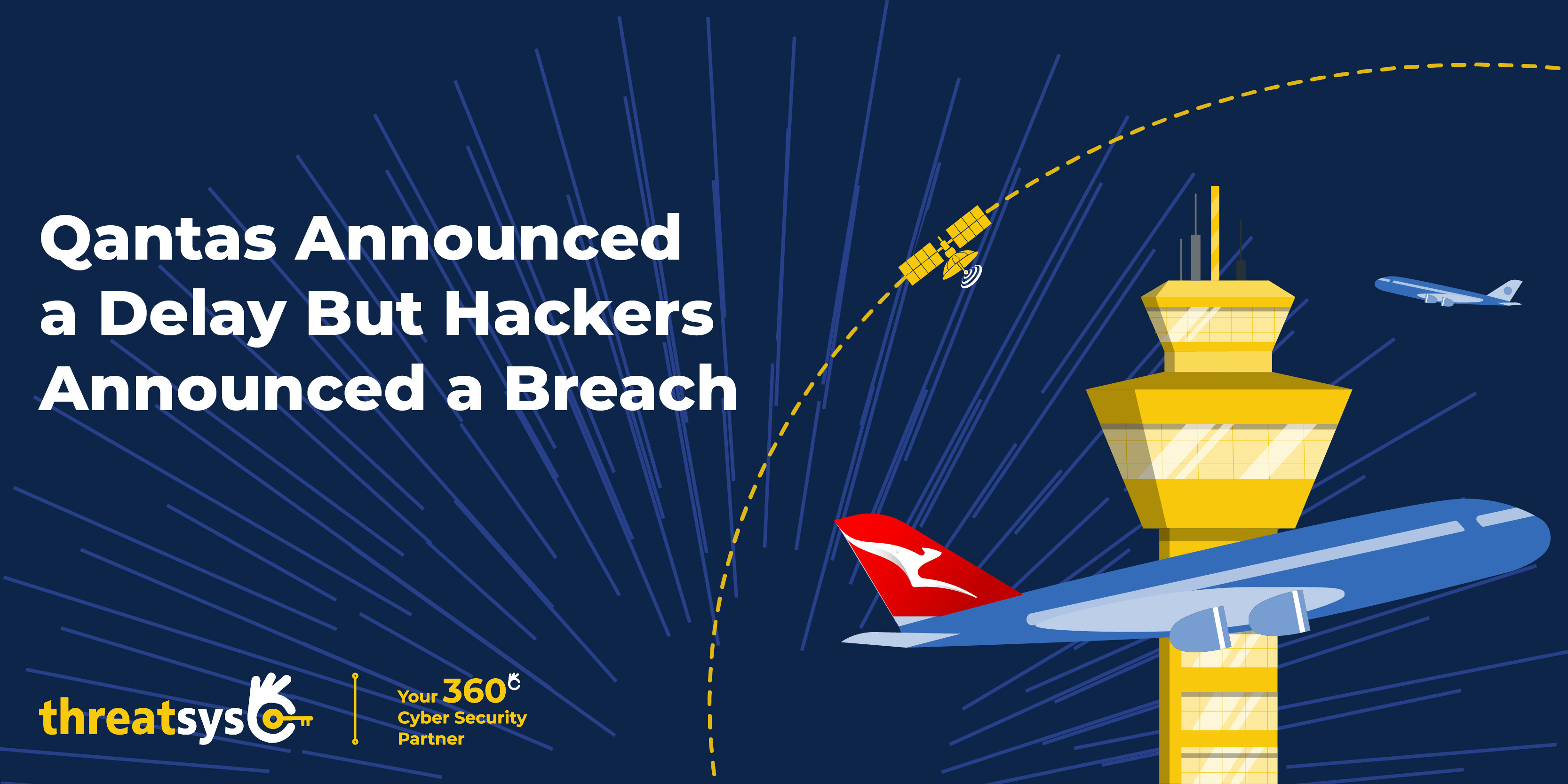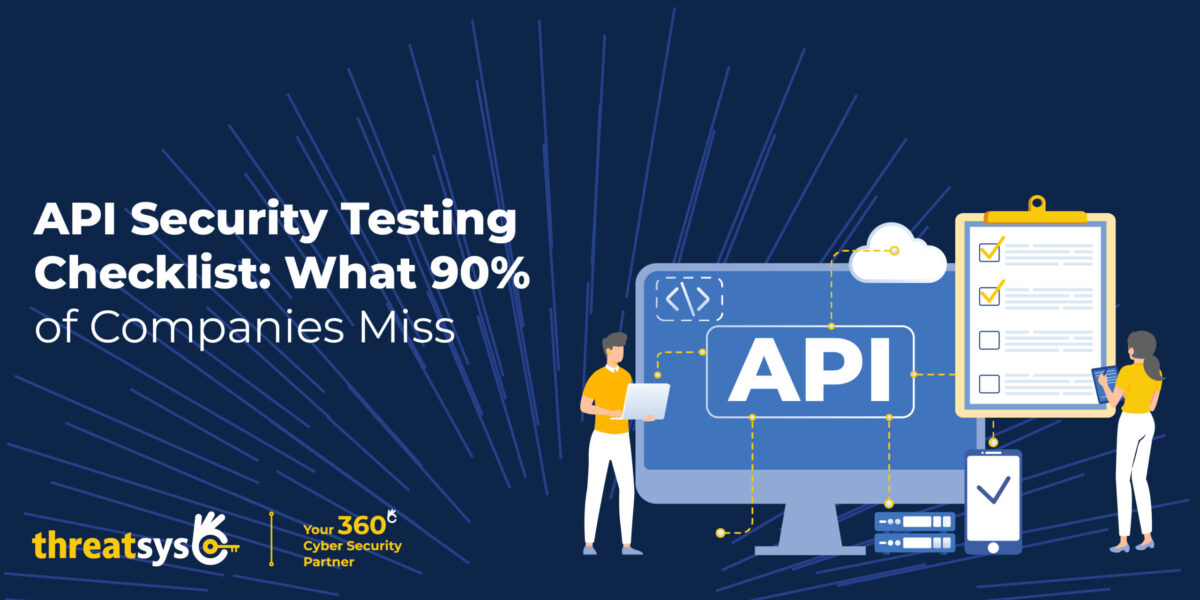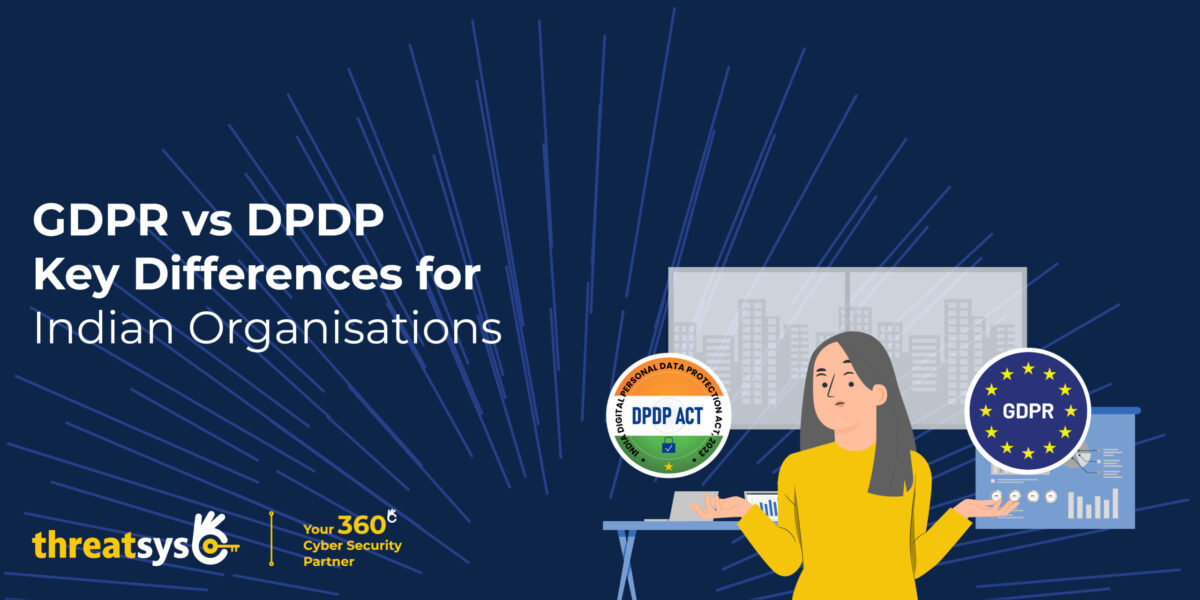Earlier this month, Qantas Airways confirmed that hackers had breached their systems, accessing passenger names, travel details, and even meal preferences. While no payment data was reported stolen, this kind of information can be incredibly dangerous in the wrong hands.
At Threatsys, we believe this isn’t just about stolen data — it’s about growing cracks in the digital walls of aviation security.
Why This Breach Matters More Than It Seems
Let’s be honest: airlines are more than transportation companies — they’re tech platforms with wings.
From check-in systems to onboard navigation, everything is connected. A breach in one layer of the system can easily lead to a compromise in another. That’s why this Qantas attack is so worrying.
- This wasn’t just a customer support system breach.
- It was proof that attackers are already inside airline networks.
- And they’re testing how deep they can go.
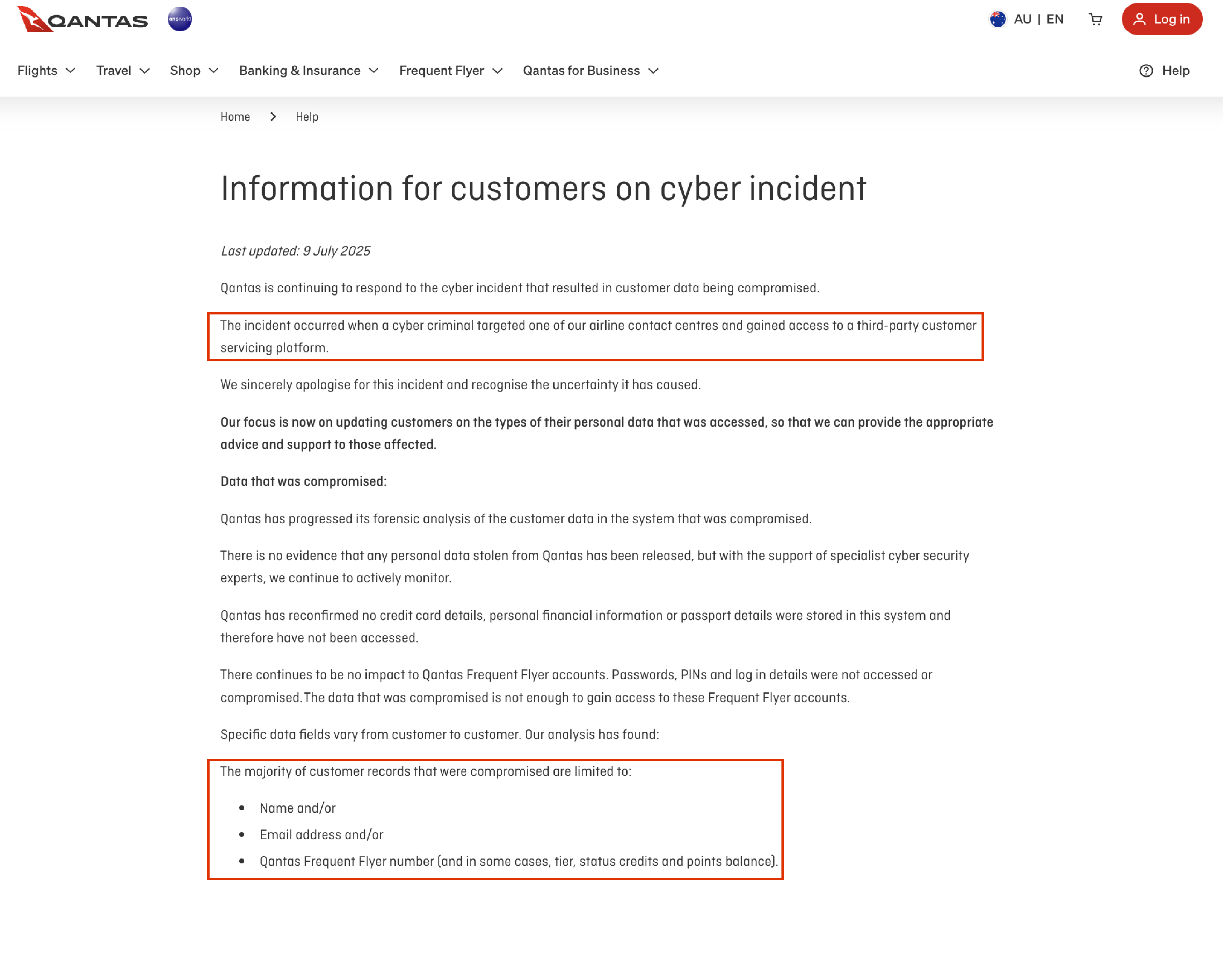 If attackers move laterally within systems — from customer data to operational software — they could potentially interfere with critical flight operations.
If attackers move laterally within systems — from customer data to operational software — they could potentially interfere with critical flight operations.
Could a Data Breach Ever Affect a Flight?
It might sound dramatic, but it’s not science fiction anymore.
Just take a moment to think about this: If a cybercriminal has access to your name, your route, your boarding time, your seat, and internal airline tools — they may also find ways to access backend infrastructure connected to flights, crew management, or ground operations.
And here’s where it gets unsettling.
Why a Cyberattack Can’t Be Ruled Out
Here are real-world incidents proving that cyber threats in aviation are not hypothetical:
A cybersecurity researcher claimed to access in-flight systems via the entertainment console, allegedly altering engine thrust mid-air. This revealed alarming vulnerabilities in system segmentation.
A massive attack exposed data of 400,000 customers. Hackers injected malicious code into third-party scripts — proving how digital supply chains can compromise aviation safety.
Data of 4.5 million passengers was compromised due to a third-party processor breach — showing how even airlines with robust systems can be vulnerable through partners.
A single corrupted database file grounded thousands of flights in the U.S., proving that digital disruptions — intentional or accidental — can halt national aviation operations.
How Threatsys Is Securing the Skies
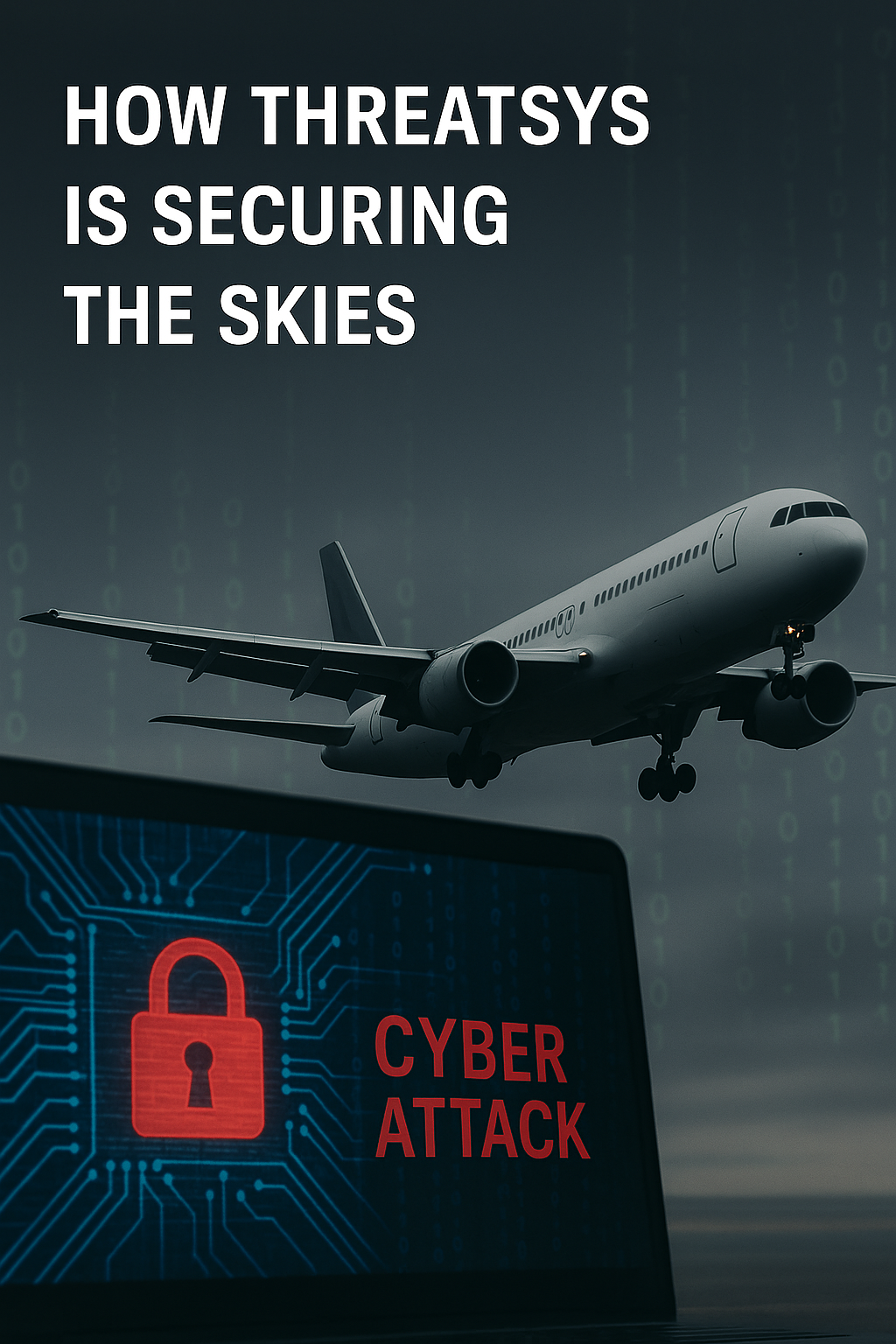
At Threatsys, we work proactively with aviation stakeholders to ensure cybersecurity is not an afterthought. Here’s how we help secure aviation infrastructure:
Proactive Risk Assessment & Cyber Audits
- Vulnerability assessments for aircraft systems, ground servers, and third-party APIs.
- Red team simulations to detect blind spots in aviation networks.
Threat Detection & Monitoring
- 24×7 SOC (Security Operations Center) for real-time threat detection.
- SIEM integration with aircraft and airport data systems.
Digital Forensics & Incident Response
- Rapid triage in case of anomalies, system failures, or data compromise.
- Collaboration with aviation bodies for secure investigation and reporting.
Compliance & Cyber Resilience Frameworks
- Alignment with global standards (ICAO, IATA, DGCA).
- Assistance with aviation-specific frameworks and compliance mandates.
Conclusion: A Breach Today, a Crisis Tomorrow?
The Qantas data breach isn’t just a customer privacy issue — it’s a glimpse into how exposed modern aviation has become in the digital age. With every connected system, every third-party integration, and every overlooked endpoint, the risks grow.
Cybersecurity in aviation is no longer limited to IT teams patching systems in isolation. It’s about building a holistic, resilient infrastructure that safeguards not only systems and data but also lives and national security. As researchers, we’ve seen how one overlooked misconfiguration or an insecure integration can ripple across global networks. In this hyper-connected ecosystem, every line of code matters. Whether you’re managing aircraft networks, securing airport operations, or hunting for vulnerabilities from the outside, one truth stands out: in today’s aviation landscape, cybersecurity isn’t just a technical requirement—it’s a flight-critical function. It’s as essential as airspeed, altitude, and fuel.
At Threatsys, we believe it’s time for the aviation industry to shift from reactive fixes to proactive cybersecurity — treating data protection as a core part of passenger safety.

Before Hackers Board Your Data, Let Threatsys Guard Your Gate.

